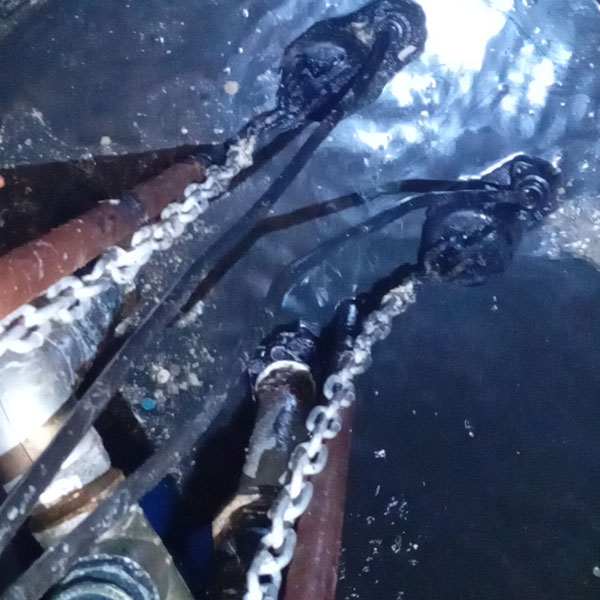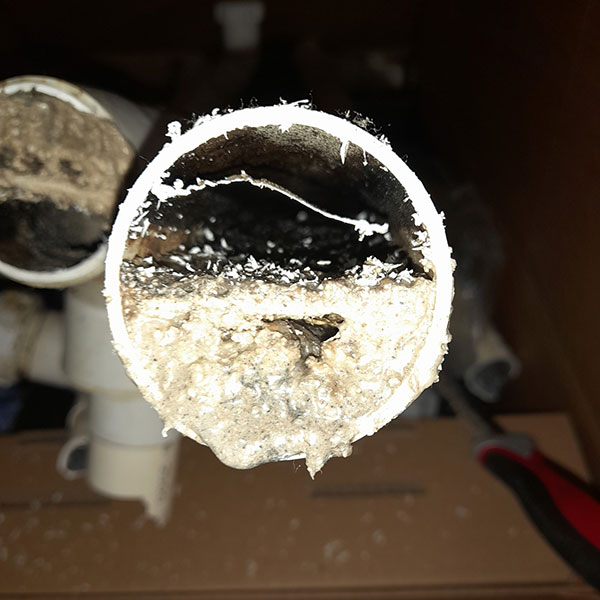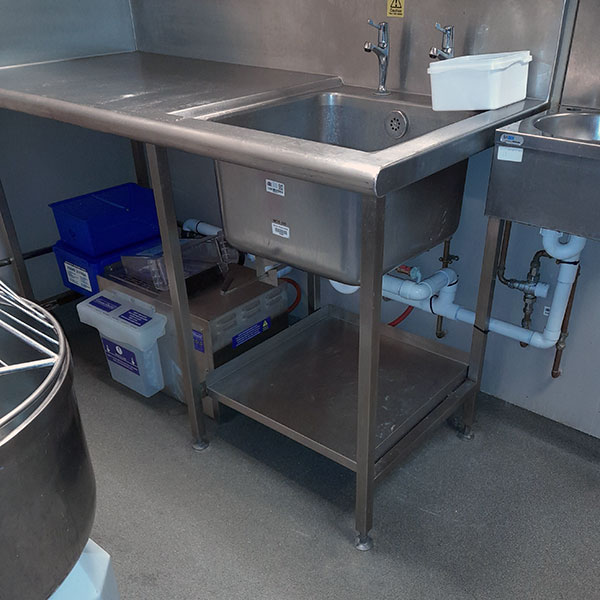Client
Royal Ballet and Opera
Sector
Hospitality & Retail
Project Type
Installation, Refurbishment
Products Used
MagnaPro IP, ProTrap Auto
Onsite Duration
Ongoing
Location
Covent Garden
IntroductionHome of the Royal Ballet and Opera, The Royal Opera House has sat at the heart of British cultural life for three centuries. The current theatre is the third to stand on the site following two disastrous fires in the nineteenth century. The façade, foyer and auditorium date from the 1858 rebuild but the twentieth century saw several phases of refurbishment culminating in an extensive reconstruction project in the 1990s. Consequently, behind its magnificent Bow Street façade is hidden nearly two centuries of building materials and construction techniques. With a new phase of refurbishment underway, we were recommended to service three wastewater pumping stations in the basement and survey the wastewater systems of three kitchens including an audit of fat, oil and grease (FOG) management equipment. The site was experiencing wastewater drainage issues which resulted in bi-weekly emergency callouts. Servicing three pumping stationsThere are three pumping stations in the basement levels of the building, two foul and one ground/surface water. Each is installed in a three-metre-deep concrete sump and all required confined space entry. All pumping stations needed a thorough clean and comprehensive service. Located in Basement -2 at the rear of the building, the ground/surface water station receives groundwater from basement cavities and surface water from roof downpipes. It was accessible to one of our tankers, but required a confined entry to manually remove debris. Located at the back of the building, the foul station in Basement -2 was completely inaccessible to our tankers. It was full of hardened FOG and other food waste meaning the lifting chains stood up on their own. The FOG was manually dug out in blocks and removed in sealed containers for secure disposal at a registered treatment plant. The foul station on Basement -1 was accessible to our tanker. It was similarly full of grease and some manual digging was required. Floats and junction boxes were replaced. Installing grease traps in two kitchensLevel 6 kitchenThe level 6 kitchen serves the staff canteen and provides extra cooking for the public restaurants. Pipes were prone to build ups of grease and food waste resulting in leaks. As part of the current regeneration programme the kitchen on Level 6 underwent a complete refurbishment – with all of the existing equipment stripped away and replaced. During our audit we identified all of the sources of FOG contamination in the kitchen and recommended appropriate active grease removal units for them. The kitchen refit required coordination between us and six other companies – kitchen fitters and other trades. All the work had to be conducted within a strict two-week period, so it was vital that each company could work unimpeded and without impeding others. Our project manager took charge, coordinating the work of all teams so the refit could be completed and commissioned on time. We replaced an ineffective passive trap with six ProTrap Auto automatic grease removal units which were specified according to the equipment they received waste from. These systems will prevent fat, oil and grease from the kitchen entering the foul drainage network of the building and hence the public sewer. Level 5 kitchenThe level 5 kitchen serves the Piazza restaurant. We replaced three passive grease traps and one inoperable grease removal unit with six ProTrap Auto automatic grease removal units. These systems were specified according to the equipment they received waste from and will prevent fat, oil and grease from the kitchen entering the foul drainage network. We reconfigured the discharge pipework to create a fall of 1 in 3. Basement -1 kitchenThe basement kitchen produces bread and pastries for the Level 5 and Level 6 kitchens. Large amounts of baking ingredients were entering the Basement -2 foul station, contributing to the build-up of solids. We replaced two passive grease traps with two suitably sized ProTrap Auto units. We also added a third ProTrap Auto with a low level CombiPump to accept wastewater from the ovens. In combination these systems will prevent FOG and solid food waste from entering the pumping station and drainage network. ConclusionThe pumping stations were cleaned and serviced and are now fully operable. Seven passive grease traps have been replaced by 15 ProTrap Auto active grease removal units. This has prevented fat, oil and grease from the kitchens entering the pumping stations, the building’s drainage network and the mains sewer. The Royal Opera House has signed a service contract for quarterly planned maintenance of the pumping stations and grease traps to ensure they continue to operate at full efficiency. We have also provided training to the maintenance team. Before our involvement, the site’s drainage problems resulted in bi-weekly emergency callouts. Following the cleaning and servicing of the pumping stations and our work in the kitchens, coupled with training and ongoing servicing, there have been no emergency call outs. Refurbishment work continues and more orders expected due in no small part to the exemplary work of our site team. 
The Basement -2 foul station before cleaning.

The control panel is located nearby. It will be hidden and protected by shuttering.

Pipework removed from the Level 6 kitchen showing a build up of FOG.

The grease removal units were all specified appropriately for the appliances they connected to.
|
|

